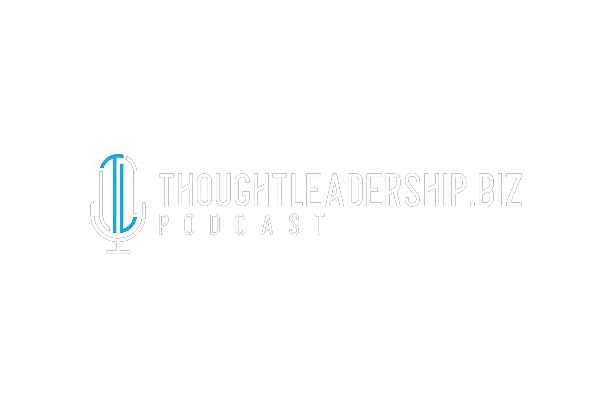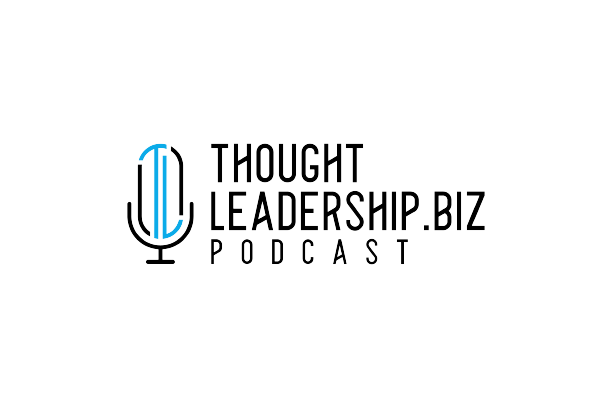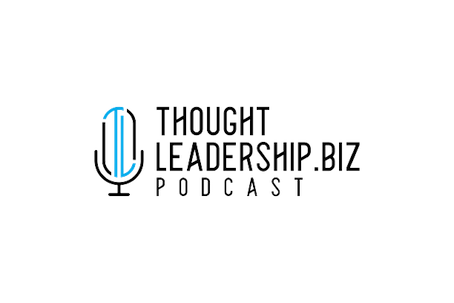
Read / Watch / Listen
Stream this article from your favorite podcast audio or video streaming service as referenced below.
Read: Below
Watch: https://youtu.be/Rk2rVI9tu0E
Listen: https://anchor.fm/thoughtleadershipbiz
More ways to read, watch and listen:
Read the Article
Asynchronous Tech – Don’t Create a Monster…
Think you like surprises?
Most people say they do. But in truth, they only like the NICE ones. . .
I remember when I was younger, I asked for a box of toys for my birthday.
When the big day finally arrived and I saw the square parcel on the lounge table that morning, I excitedly tore off all the paper to reveal a beautiful new toy box.
And when I opened it, there was a surprise inside – there were no toys. It was just the box. . .
I burst into tears and only stopped blubbering when my Mom gave me the other presents, which were, of course, the toys to go with it.
But for those first few moments I was absolutely devastated.
Well, you’ll be glad to know that I’ve grown up now and finally put the events of last year behind me. . .
Only joking, of course, but my situation now as a business leader is not THAT different from that 3 year-old little boy’s.
Because as a business leader, I’m not immune (and neither are you) from either receiving or, even worse, unintentionally GIVING, nasty surprises that are well-meaning but potentially disastrous and likely to reduce our team members to tears.
*****
One sure-fire way of demotivating our employees and destroying business is by lobbing technology ‘solutions’ over the wall and expecting teams just to run with it.
More often than not, the result is they actually want to run away!
And I don’t blame them. . .
Attempting to introduce a new tech innovation before preparing the ground is like attempting to transplant a limb before preparing the body. (Think ‘Frankenstein’. . .)
In the medical field, it’s called ‘tissue rejection’.
In our world, it’s called being a major dumbass.
So, let’s look at how to avoid nasty surprises when introducing asynchronous tech.
After all, we need to use it, so we need to make sure we get it RIGHT.
If we DO, we enjoy increased cohesion, outstanding communication and better productivity.
If we DON’T, we create a monster.
While some companies might have previously offered remote working from home as a perk of the job, it’s now fully integrated into the very fabric of many companies’ overall strategy and workflow.
And it’s a trend that we can expect to rise in the coming years.
Industry experts estimate that by 2021 the remote workforce is expected to double[i] and by 2025 a whopping 70% of the global workforce will be working remotely for at least 5 days every month[ii].
Major tech companies, like Facebook and Twitter, are already blazing the trail by telling their teams that after the current pandemic ends, they’ll be able to work remotely indefinitely. . .
So what does that mean for the rest of us?
Well, regardless of whether we operate out of a physical location or remotely, one thing remains paramount: the need for quality synchronous communication.
It is more important NOW than ever.
Due to the recent pandemic, LITERALLY overnight we’ve shifted away from the traditional office scenario and into a virtual world that severed those in-person, face-to-face interactions that we’d all been taking for granted for so long.
There are no more impromptu “water fountain” chats about sports or the game last night or the latest Netflix series to binge watch.
No more asking, “Who’s the new guy I saw walking into Brad’s old office?”
No more, “Hey, you want grab some lunch?” meetings.
Covid-19 has not only single-handedly changed how we work, when we work and WHERE we work. It also changed how we communicate.
As a result, every serious organization needs to seriously consider its communications strategy moving forwards – especially when they’re leaping into the virtual minefield of introducing complex technological innovations like asynchronous tech. . .
*****
There are two types of communication strategies to choose from:
· Synchronous – when two or more people communicate ‘normally’ face-to-face and expect immediate/almost immediate responses
and
· Asynchronous – when communication doesn’t happen face-to-face in real-time; therefore, there’s a delay between responses
Examples of asynchronous tech might be: email; direct messaging software/apps; project management programs like Trello or Teamwork; Office 365 or Google Drive; Sharepoint; intranet, and other similar collaboration tools.
Both approaches have pros and cons.
For example, synchronous communication is more natural, more spontaneous, more organic and enables us to utilise the full range of communicative skills and cues that spoken-language and body-language combined can generate.
However, when people are split across different locations and time-zones, it is just impossible to achieve.
It’s also the case that as a result of the spontaneity and ‘organic’ nature of in-office communication, productivity can suffer. (I mean, c’mon: did you REALLY need that fifteenth stroll to the water tower where you just happen to always bump into your best buddy — again?!)
Asynchronous communication solves all the problems above, but also creates a few of it’s own, such as potential feelings of isolation; annoyance at having to wait for responses and lack of motivation due to working in a ‘non-work-related’ context (e.g. at home), at least in the initial phases.
But there’s no ignoring the benefits – and there are plenty: More control over the work day; no wasted travel time or expenses; better productivity due to a lack of disturbance – to mention just a few.
*****
The most important benefit of applying asynchronous tech is that it can keep the wheels turning when the synchronous approach is impossible. However, don’t get the two confused and allow asynchronous to become synchronous, otherwise you’re setting yourself and the whole organisation up for a very bumpy ride!
For example, if a platform like email, which is traditionally asynchronous (because it’s expected there will be a delay in one person responding to the other) is used synchronously, people gradually become expected to reply to every email in real-time, which can be extremely stressful as well as UNEXPECTED – and remember: no one likes those kinds of surprises!
The bottom line is: make sure that YOU, as the leader, are CRYSTAL CLEAR about your expectations for how employees are to use both modes of communication, and THEN make sure you nail the synchronous communication in advance of applying an asynchronous technology.
If you DO, you’ll reap the benefits and help create a bright and productive future for all.
If you DON’T, you’ll create a monster!
Latest posts by Chris Machut (see all)
- Episode 12 – “Crisis? Deal with it!” - November 19, 2021
- Episode 11 – “Entrepreneurship Sucks (Sometimes)” - October 16, 2021
- Episode 10 – “Offensive and Defensive Leadership” - September 15, 2021










